The Department of Energy has formally approved the start of full construction for the PIP-II project, an upgrade to the Fermilab accelerator complex that includes a new linear accelerator. PIP-II is an essential enhancement that will power the world’s most intense high-energy neutrino beam. It is the first particle accelerator built in the United States with significant contributions from international partners.
Tag: PIP-II
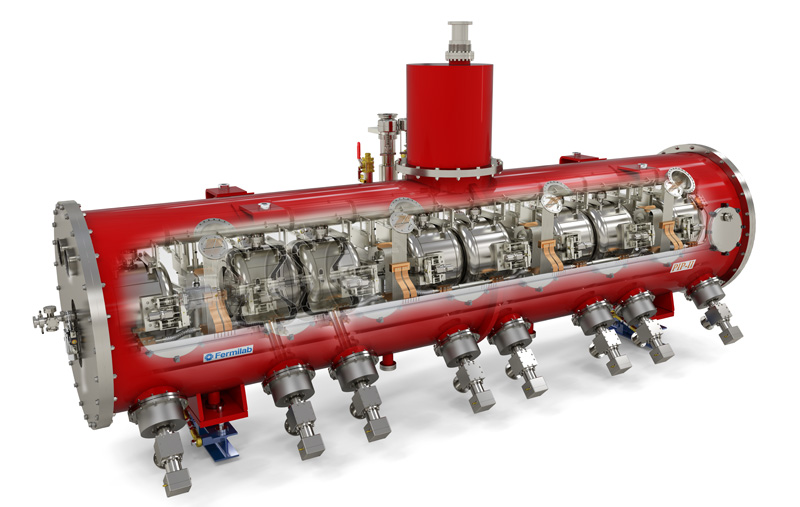
Testing wraps up for first Fermilab-designed cryomodule for PIP-II accelerator
A Fermilab team has completed tests for a crucial superconducting segment for the PIP-II particle accelerator, the future heart of the Fermilab accelerator chain. The segment, called a cryomodule, will be one of many, but this is the first to be fully designed, assembled and tested at Fermilab. It represents a journey of technical challenges and opportunities for innovation in superconducting accelerator technology.
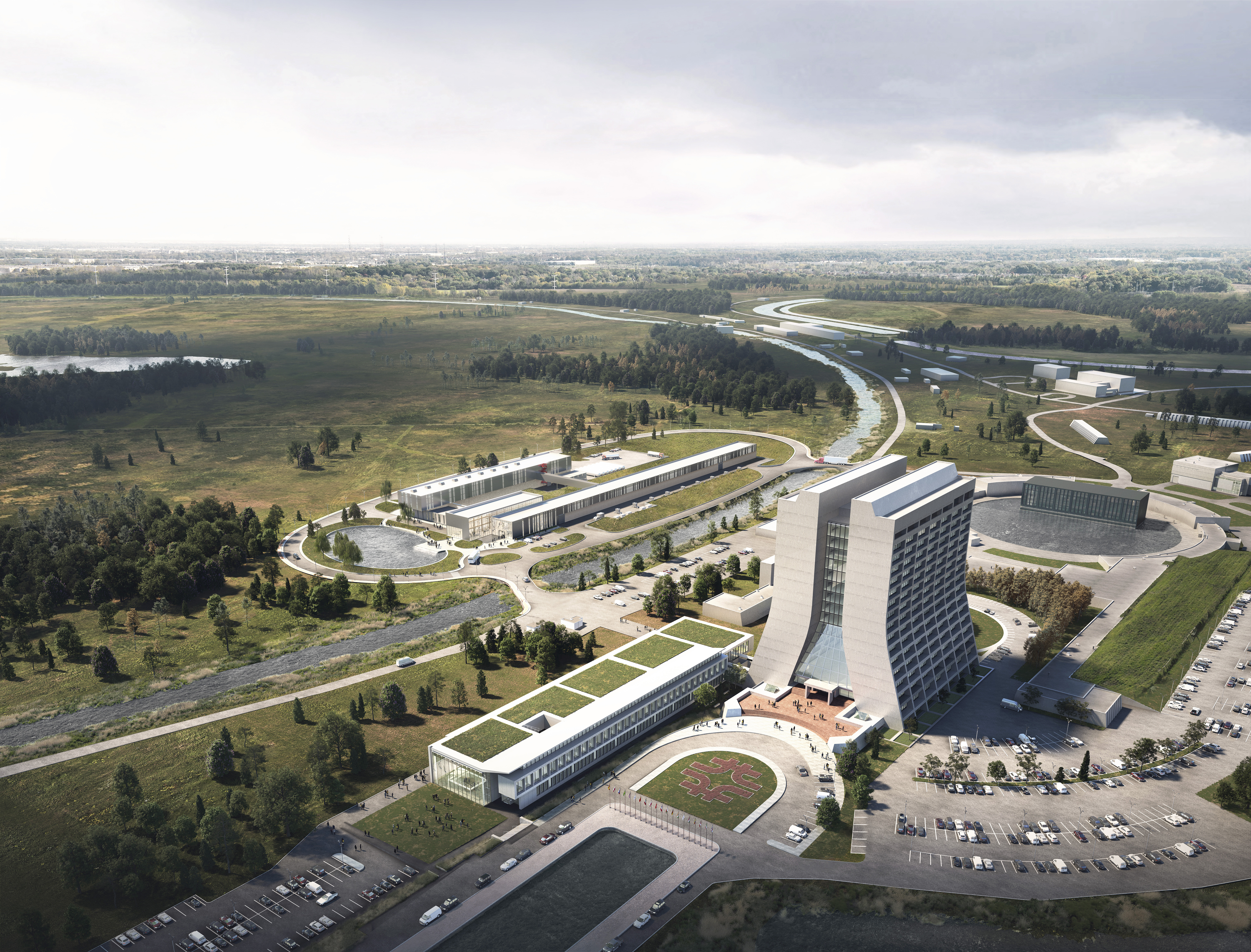
Major upgrade to Fermilab accelerator complex gets green light
The U.S. Department of Energy has formally approved the scope, schedule and cost of the PIP-II project at Fermilab. The PIP-II accelerator will become the heart of Fermilab’s upgraded accelerator complex, delivering more powerful proton beams to the lab’s experiments and enabling deeper probes of the fundamental constituents of the universe.
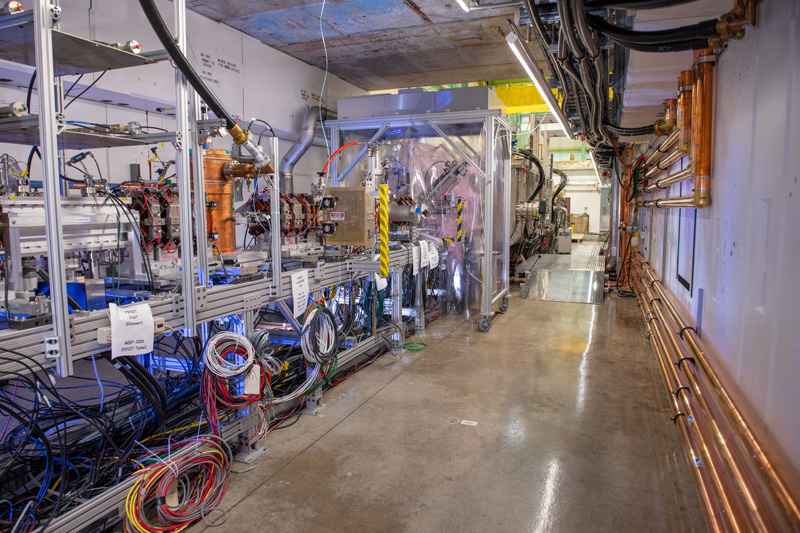
First beam accelerated in PIP-II cryomodules, ushering in new era of superconducting-accelerator operation at Fermilab
On Oct. 21, the PIP-II Injector Test Facility accelerated proton beam through its superconducting section for the first time.
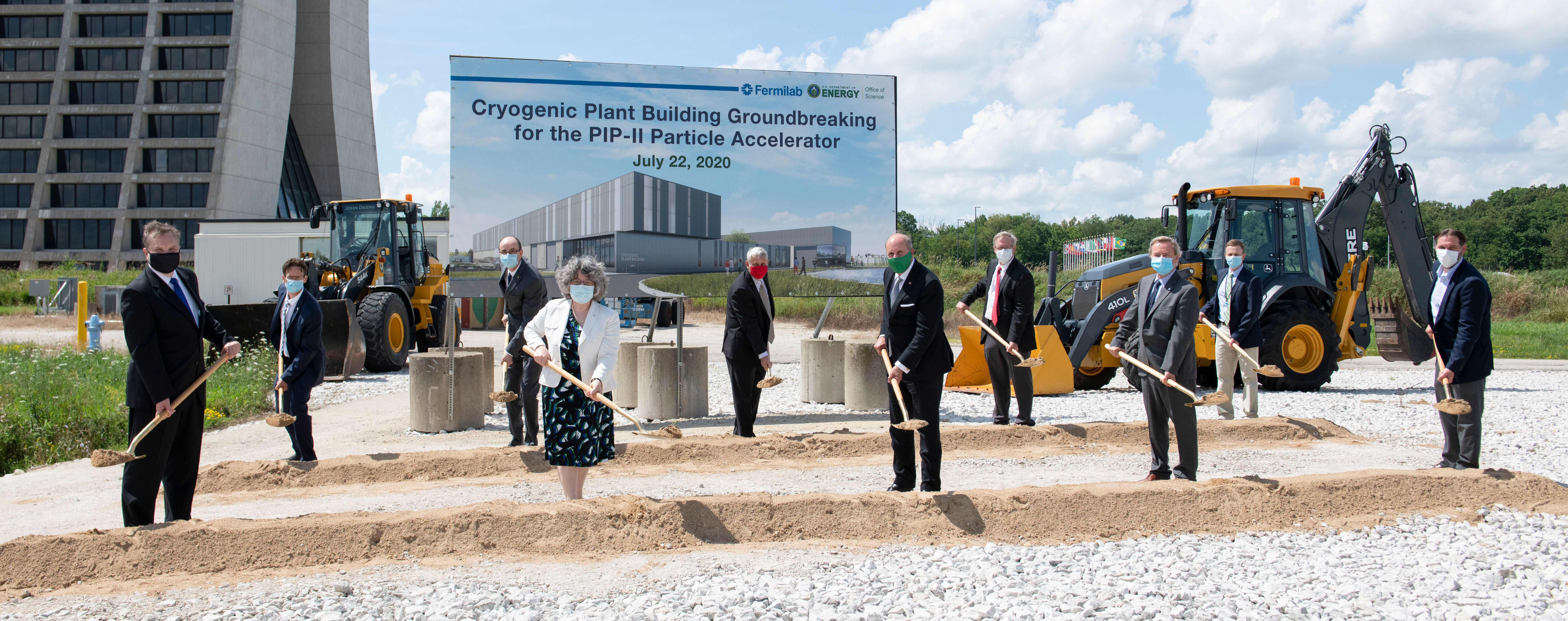
Two construction projects reach major milestones at Fermilab
Partners celebrate the site dedication of the Integrated Engineering Research Center and the groundbreaking for the PIP-II cryoplant building.
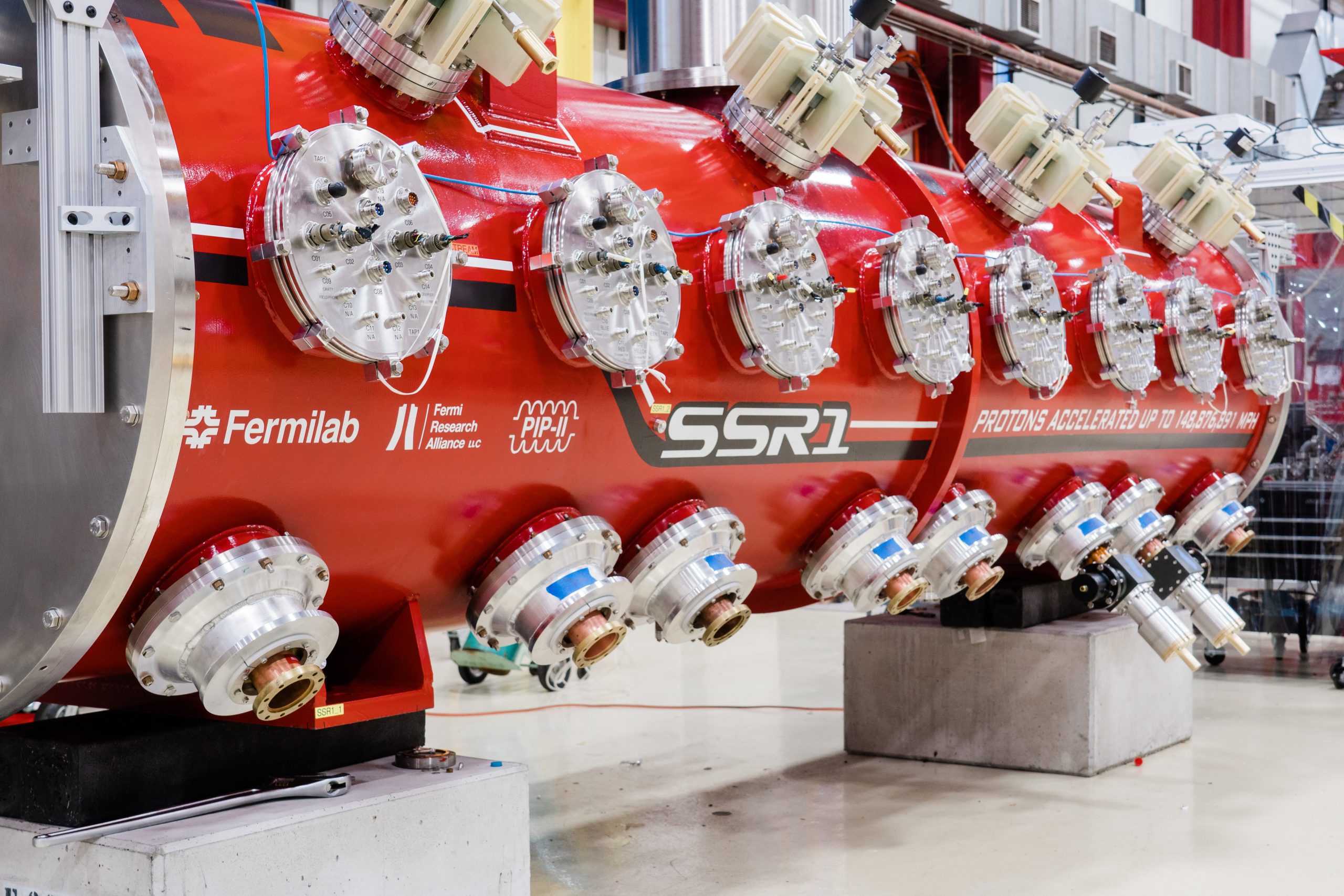
Accelerating science globally: PIP-II engineers continue designs for particle-propelling machine from home
Engineers from five countries are coordinating the design of the large cryomodules that will enable the new PIP-II accelerator at Fermilab to generate protons for the world’s most powerful beam of neutrinos, in support of the international Deep Underground Neutrino Experiment.